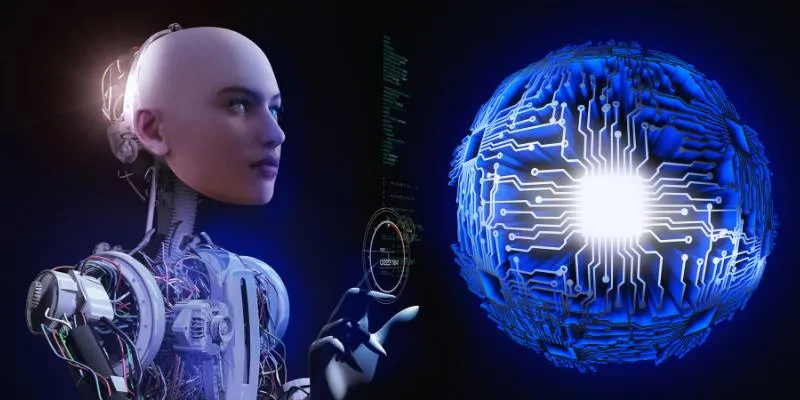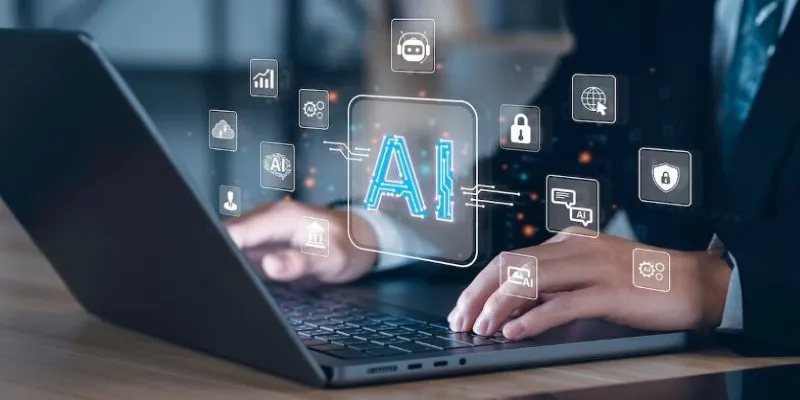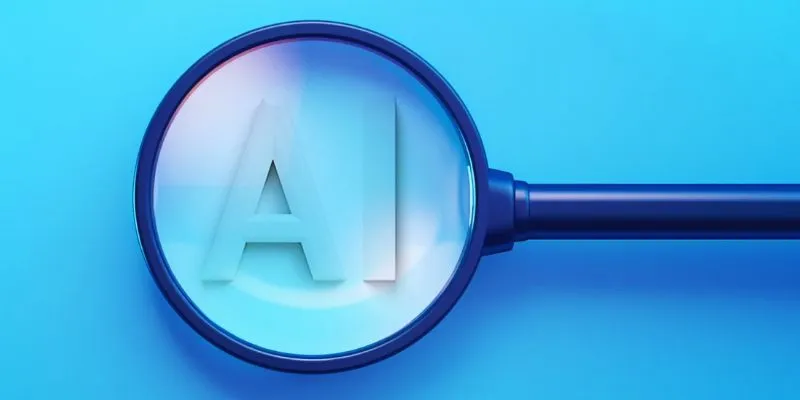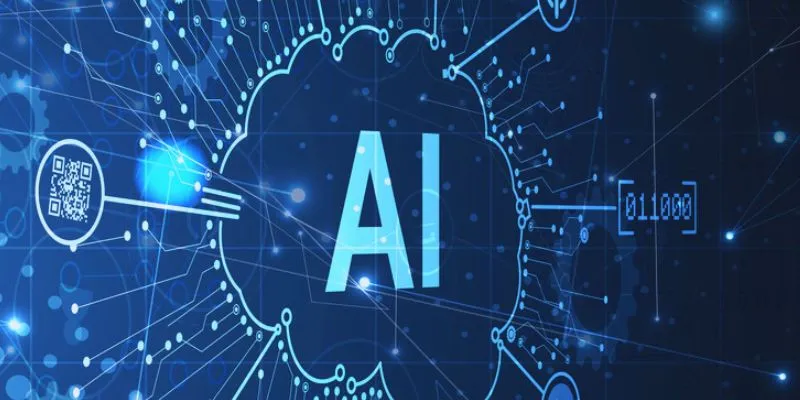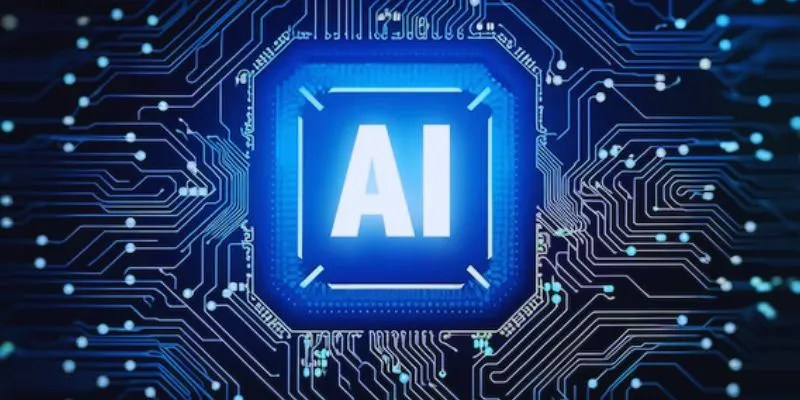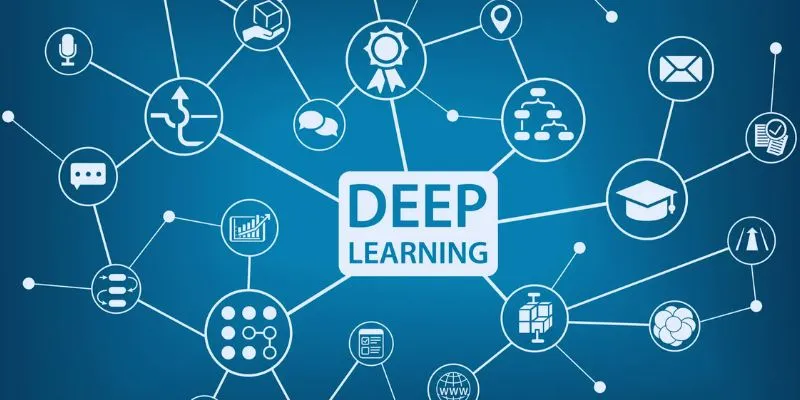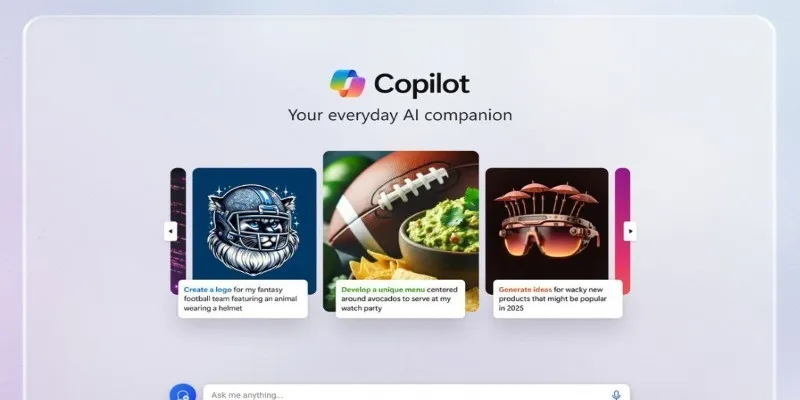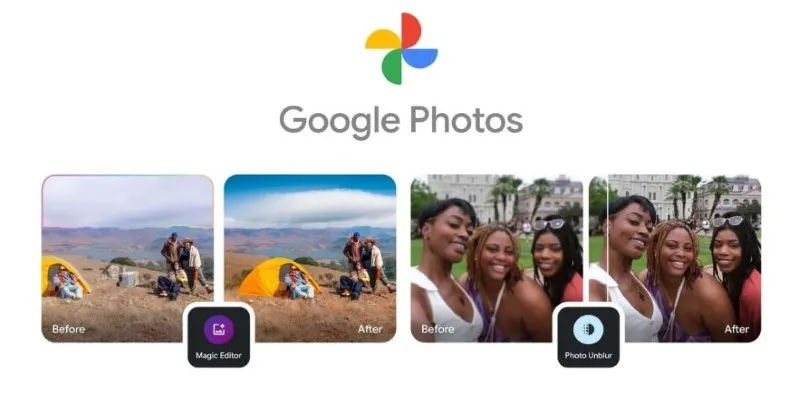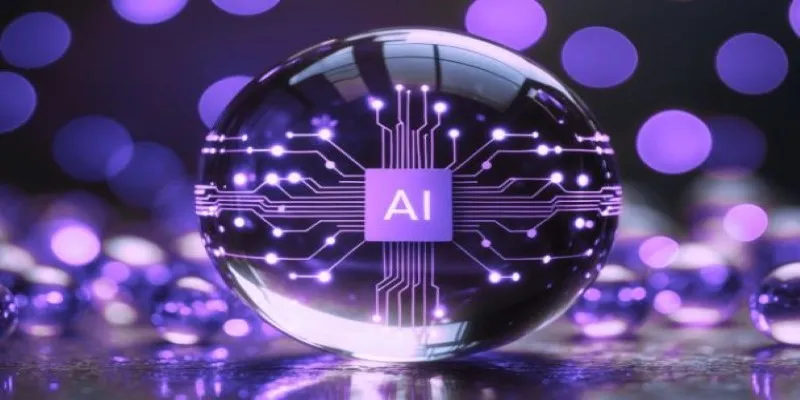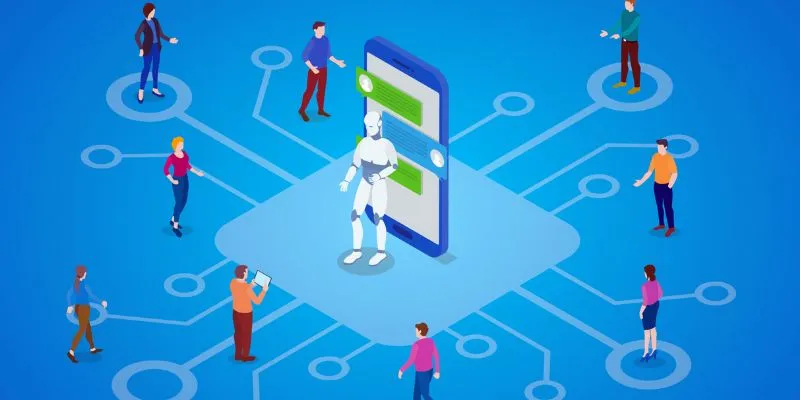Artificial intelligence (AI) is transforming our world at an incredible pace. Yet, millions remain without access to its benefits. AI has the potential to revolutionize daily life, healthcare, education, and business. However, understanding AI can be challenging, especially for marginalized communities. To bridge this gap, it is essential to create pathways for everyone, regardless of background, to access and benefit from AI.
Inclusive AI education, affordable technologies, and user-friendly platforms are crucial. Overcoming these barriers will help society unlock creativity at all levels. Making AI accessible and understandable to all ensures that technology benefits professionals and the general public. We are moving towards a future where no one is left behind in this technological revolution.

Understanding the Current Barriers to AI Access
Despite AI’s transformative power, access is not equitable. Many communities are not exposed to this technology. Financial constraints prevent students and small businesses from accessing powerful AI tools. The technical knowledge required for most AI applications creates a barrier for non-technical users. This complexity often deters people from exploring AI’s benefits.
Language is another significant barrier. Many AI applications and instructional materials are only available in major languages like English, limiting access for non-English speakers. Additionally, the digital divide hampers those without regular internet access from fully utilizing online AI tools and resources. Bridging the technology divide for all involves removing these obstacles by providing simple tools, low-cost solutions, and multilingual support. When everyone, regardless of income or education, can contribute to AI innovation, true democratization occurs.
Education – Building AI Literacy for All Ages
Closing the AI access gap requires education. Currently, AI education is often limited to university students and tech professionals. Educational programs aimed at democratizing AI should start earlier and reach broader audiences. Like science or math, AI should be part of school curriculums. Older groups and underserved areas can benefit from seminars, free online courses, and community training programs. These initiatives should use plain language instead of technical jargon.
The focus should be on practical skills—how to use AI tools in creative projects, business, and everyday life. Providing learning materials in multiple languages is crucial to ensure AI literacy extends beyond English- speaking communities. By producing accessible, culturally relevant learning materials, we empower people worldwide. Inclusive AI tools are ineffective without knowledge of their use. Education fills this critical gap.
Cost-Friendly AI Tools for Individuals and Small Businesses
One of the biggest challenges in adopting AI is its cost. While big corporations can afford custom AI solutions, small businesses and individuals often cannot. This pricing disparity creates an uneven technological landscape. Free or affordable AI tools can change this. Open-source platforms play a vital role here. Free-to-use models like TensorFlow, Hugging Face, and OpenAI enable small businesses to experiment with AI without significant financial investment.
Additionally, subscription pricing models need revision. Instead of expensive enterprise licenses, companies could offer flexible plans tailored to small business needs. Grants and government incentives can further enable communities to access AI technologies. By removing financial barriers, we empower innovators, students, and small enterprises. Making AI accessible to everyone fosters creativity and local solutions based on global technology, driving grassroots innovation.
Language and Cultural Inclusivity in AI Systems
Language issues limit AI access. Most AI applications and technologies are designed for English speakers, excluding billions of non-English speakers from participating in AI-driven innovation. Platforms that support multiple languages and dialects will help democratize AI. This includes offering customized interfaces, voice assistants attuned to regional accents, and training datasets reflecting global diversity. Cultural relevance is equally important.
AI technologies should reflect local customs, values, and problem-solving approaches. This shift requires collaboration between local communities, linguists, and AI developers. Projects utilizing open-source translation and culturally diverse datasets can be valuable. By making AI culturally aware and language-inclusive, we make technology more accessible to all. This effort also enhances AI accuracy across different contexts. Truly inclusive AI tools learn from all cultures, not just the dominant ones, creating richer and more equitable AI ecosystems.
Simplified Interfaces and No-Code AI Platforms
Complex AI interfaces deter many people from using the technology. Traditional AI systems require users to manage complex data processing, train models, and write code, which can be intimidating for non-technical users. Simplified interfaces and no-code AI platforms are game changers. These tools allow users to leverage AI without programming knowledge. Drag-and-drop interfaces and pre-built templates enable users to create AI models for tasks such as data forecasting, chatbots, and image analysis.
Tools like Google AutoML, Teachable Machine, and Canvas AI exemplify this trend. However, these systems need to become even more user-friendly. Clear tutorials, interactive onboarding, and real-time support enhance usability. No-code AI empowers small businesses, educators, healthcare professionals, and artists. Bridging the technology gap involves ensuring everyone, not just developers, can use AI to solve their specific challenges.

Community-Led AI Innovation and Open Collaboration
AI shouldn’t solely originate from tech giants. Ensuring AI reflects diverse global needs depends on community-led innovation. Local innovators understand their community’s challenges deeply. By applying AI techniques, they develop solutions that address local issues directly. Open-source AI networks already encourage collaborative innovation. Projects like Mozilla Common Voice gather language data globally. Grassroots AI hackathons bring together activists, technologists, and students to generate practical ideas.
Governments, non-profits, and tech companies can support these movements by funding local AI labs, providing mentorship, and offering open access to data and computational resources. Supporting local creators helps promote culturally relevant, problem-focused innovation. While a few corporations currently steer AI’s direction, communities worldwide contribute their energy and ideas. Making AI accessible to everyone transforms technology into a shared global tool for solving real-world problems.
Conclusion
Democratizing AI is essential for building a fair and innovative future. When AI becomes accessible to all, society benefits from diverse ideas, solutions, and perspectives. Education, affordability, language support, and simplified tools are critical components. Communities can use AI to address local challenges, drive business growth, and empower individuals. This vision becomes reality only when everyone, regardless of their background, feels confident using AI. By focusing on inclusive AI tools and breaking down barriers, we ensure technology serves everyone, not just the privileged. Bridging the gap paves the way for an AI-powered future for all.
 zfn9
zfn9



